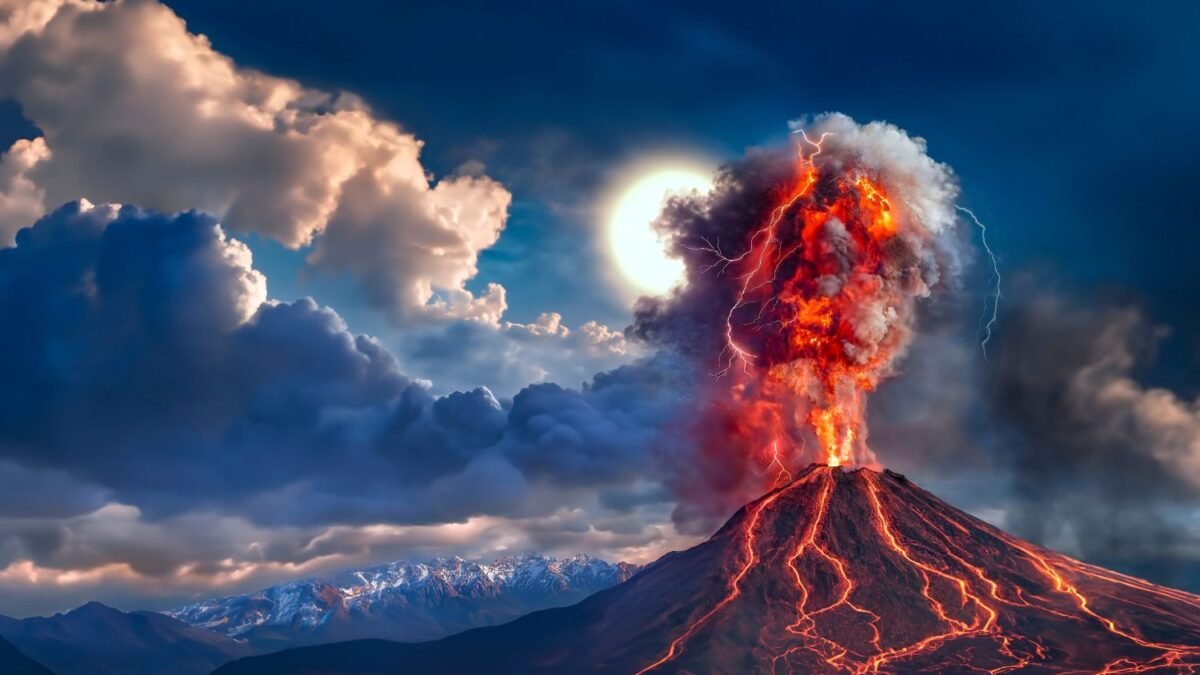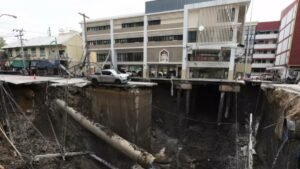The World’s Youngest Volcano Discovered in Latin America Impresses Scientists

In the heart of Latin America, an extraordinary event disrupted the life of a rural community and the history of vulcanology. The sudden birth of an imposing geological formation forever transformed the landscape, forced its inhabitants to rebuild their lives, and left an indelible mark on science. This event, documented from its very first moment, continues to be one of the most enigmatic and revealing chapters of the power of nature.
The day the earth decided to awaken
In 1943, in the midst of a peaceful cornfield in the Mexican state of Michoacán, the earth opened up to give way to. What began as a tremor and a faint smoke quickly transformed, in a matter of hours, into an imposing volcano that would grow relentlessly for years. This colossus, later known as Paricutín, not only emerged before the astonished eyes of farmers and scientists but also became the first modern volcano whose birth was witnessed and recorded from the very beginning.
A decade of fire and transformation
For nearly ten years, the volcano maintained its fury, spewing lava, dense ash columns, and gases that radically altered the geography. In its awakening, it covered the town of Paricutín and part of San Juan Parangaricutiro with lava, forcing its inhabitants to abandon their homes. Surprisingly, despite the magnitude of the disaster, no fatal casualties were reported, making the episode a unique phenomenon for the region.
A natural laboratory for science
Paricutín reached about 424 meters above the original terrain, an impressive growth in such a short time. Its eruptions ejected materials such as volcanic bombs and ash that altered soil fertility and gave rise to new ecosystems. For science, this volcano was an unexpected gift: it allowed for the first detailed study of all stages of monogenetic volcano formation, expanding global knowledge about these phenomena. The data collected was shared and used in research worldwide, reinforcing the significance of the event for vulcanology.
Today, Paricutín remains dormant, but its story lives on in collective memory and in science books. More than just a geological accident, it is a reminder that nature can, at any moment, reclaim its space and reshape the landscape. For those who study it, it remains an emblem of how a local event can forever change the global perspective on the forces that shape our planet.







